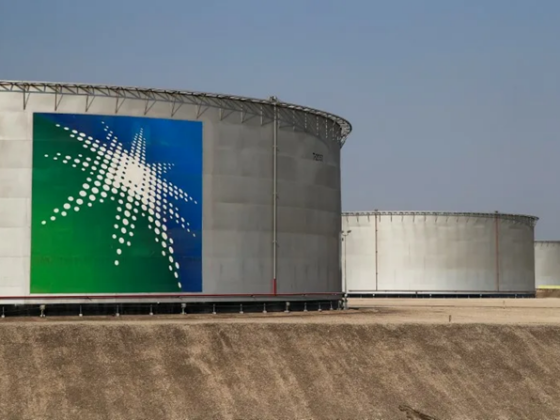If you cannot find a good computer table, then you can only buy a high -quality table for a computer at the ANFAS Furniture company at affordable prices.
The fourth page of the card provides an analysis of photographs of the working day. Here the indicators of the use of the working time of the contractor and machines are determined (as a percentage.). The actual use of the working time of the Contractor is calculated as the particular from dividing the time of the necessary costs for the total duration of observation.
The sealing of the working day due to the elimination of losses is calculated as the particular from dividing the time of eliminated losses into the duration of observation, and the use of the machine in time as a particular from dividing the time of the necessary costs for the duration of observation. The possible fulfillment of the norms is calculated by the division of the actual fulfillment of the production standards (as a process.) for the duration of the necessary costs (in the percentage.). A possible increase in labor productivity of the contractor or the development of the machine is determined by dividing the possible fulfillment of the production standards by the actual with the subsequent multiplication of the private by 100 and deducted from the work 100.
Group photography of the working day. In the process of technical regulation, group photography of the working day is often used. This means that the object of observation is several workers performing heterogeneous work, or several machines. The purpose of group photography to identify the state of organization of production and labor on the site, study the causes of the losses of working hours of working and downtime of machines and develop organizational and technical measures to eliminate them.
The measurement accuracy ranges depending on the number of observation objects. With a large number of objects, the accuracy of measurements and the entire observation decreases. In the practice of standardization, group photography can cover from 2 to 10 observation objects.
The observation technique changes with an increase in the number of objects. Observations are carried out for each object at certain intervals of time, the costs of working time for each element are recorded by symbols. The size of the interval of records depends on the number of observed objects and ranges from 0.5 to 3 minutes.


